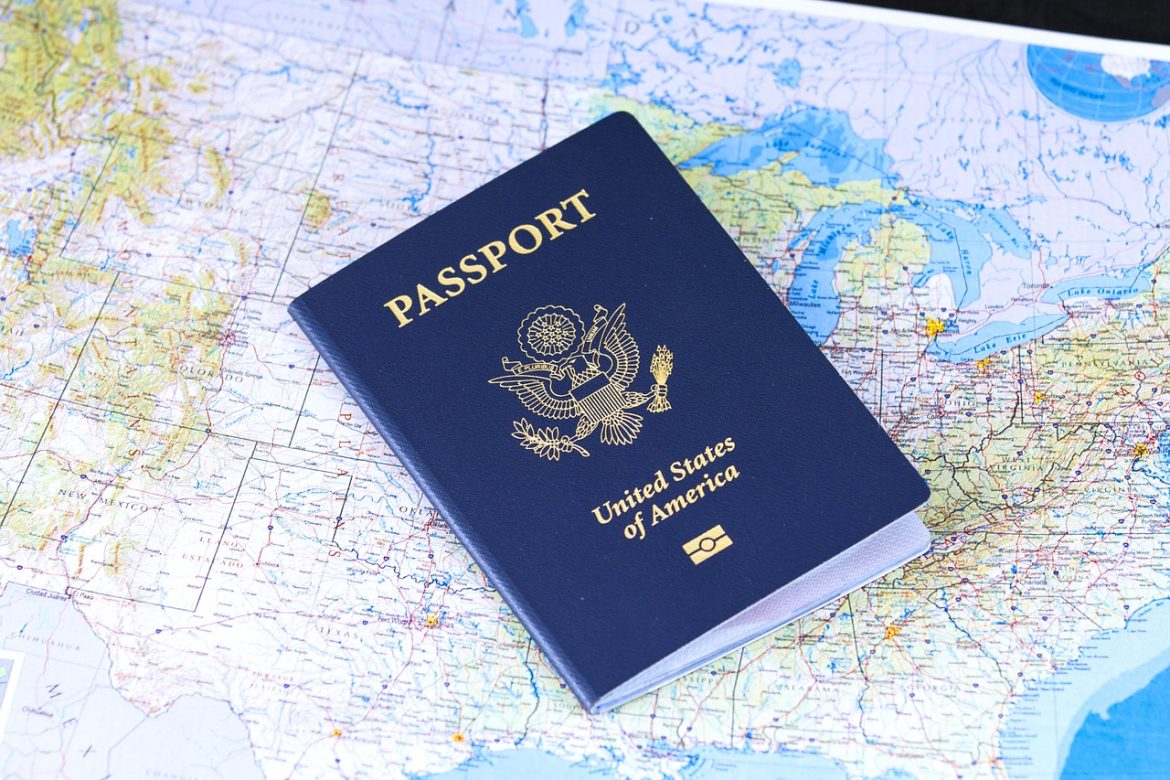Traveling to the United States requires meticulous planning, especially when it comes to securing the necessary visas. This comprehensive guide will help you navigate the steps involved in obtaining a U.S. visa.
**1. Understanding Different Types of U.S. Visas**
The United States offers numerous visa categories to accommodate various purposes of travel. Broadly, visas are classified into non-immigrant and immigrant visas. Non-immigrant visas are for temporary stays and cater to tourists, business visitors, students, and temporary workers. Some common non-immigrant visas include the B-1/B-2 visa for business and tourism, the F-1 visa for students, and the H-1B visa for skilled workers. Conversely, immigrant visas are for those who intend to live permanently in the United States, such as family-sponsored visas, employment-based visas, and the Diversity Visa Lottery program. Understanding the right category for your purpose of travel is crucial, as each type comes with its own set of eligibility criteria and application procedures. Thoroughly researching each visa type will help you make informed decisions and streamline your application process.
**2. Preparing Your Visa Application**
Preparation is key to a successful visa application. Start by ensuring you have a valid passport that will not expire for at least six months beyond your intended stay. For most visa types, you will need to complete the DS-160 online application form, which requires detailed personal, travel, and work information. Pay the associated visa application fee, and gather all required documents, such as a passport-sized photograph, travel itinerary, evidence of financial stability, and any other documents specific to your visa category. Being meticulous with your documentation is essential to avoid delays or rejections. Double-check all information for accuracy, as any inconsistencies can result in complications. Remember that different embassies or consulates may have varying requirements, so consult the specific website for the location where you will be applying.
**3. Scheduling and Attending Your Visa Interview**
After submitting your application, you will need to schedule an interview at a U.S. embassy or consulate. The wait times for interviews can vary widely depending on the location, season, and type of visa, so plan accordingly and book your appointment as early as possible. On the day of the interview, dress formally and arrive early. Bring your appointment confirmation, DS-160 confirmation page, passport, photograph, and all supporting documents. During the interview, be prepared to answer questions about your purpose of travel, ties to your home country, and your plans while in the United States. Consular officers are trained to assess the legitimacy of your application, so honesty and clarity are imperative. Simple questions can sometimes be tricky, and nerves may be high, but staying calm and collected will make a positive impression.
**4. After the Interview: What to Expect**
Once your interview concludes, the consular officer will inform you whether your application is approved, denied, or requires further administrative processing. If approved, the officer will hold onto your passport to affix the visa and will return it to you with instructions on how to collect it or have it sent to you. The processing time can vary, typically ranging from a few days to a couple of weeks. If further administrative processing is required, you might need to provide additional information or documentation, which can extend the waiting period. If your application is denied, the officer will provide a reason, but note that visa denials are final, and there is usually no formal appeal process. However, you can reapply after addressing the reasons for denial. Understanding these outcomes can help manage expectations and prepare for next steps.
**5. Preparing for Your Journey to the United States**
Once you have your visa in hand, it’s time to prepare for your journey. Book your flights and make any necessary travel arrangements. Familiarize yourself with U.S. customs and entry regulations to ensure a smooth arrival. You will go through U.S. Customs and Border Protection upon arrival, where an officer will inspect your documents and ask questions to verify your intent and eligibility to enter the country. Having a copy of your visa application, a letter of admission (if you’re a student), or employment documents (for work visas) can be helpful. Remember that possessing a visa does not guarantee entry; it’s up to the CBP officer to determine your admissibility. Adhering to visa conditions and understanding your rights and responsibilities while in the U.S. will ensure a trouble-free experience, allowing you to focus on the purpose of your visit.



